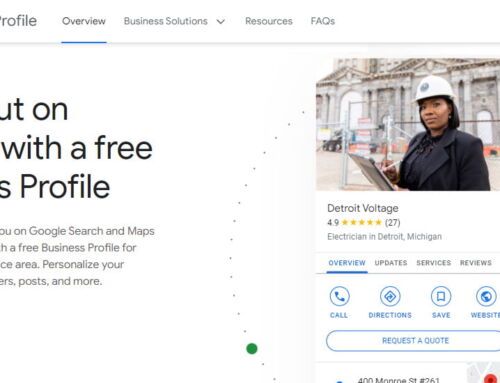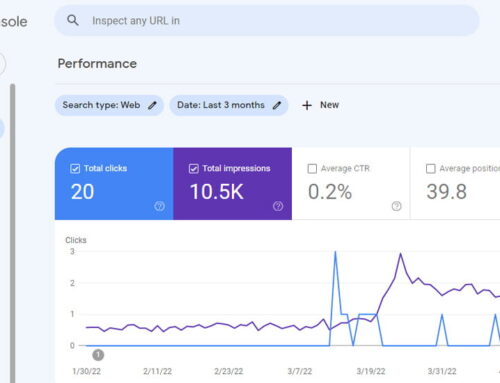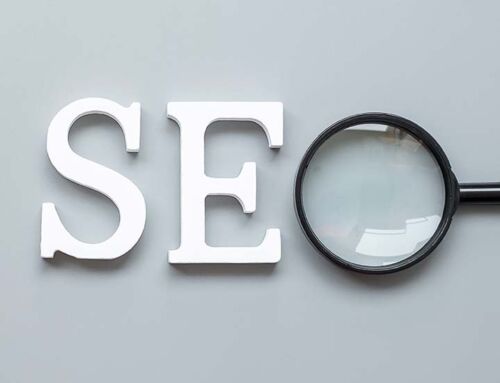
New Google Search signals
If you didn’t know, last year in November, Google released an article saying that page experience signals would be included in Google Search ranking factors. In case you forgot, page experience signals include Core Web Vitals, like loading “L.C.P” (largest contentful paint), interactivity response time “F.I.D (first input delay), and visual stability “C.L.S” (cumulative layout shift). Basically, how fast your page loads, how fast a user is able to interact with the page, and how stable the layout is.
The new page experience signals combine top of Core Web Vitals with the existing search signals including mobile friendly websites, safe browsing, https, and intrusive interstitials.
Mobile friendly websites refer to optimizing a website for mobile use. This includes reducing payload for mobile devices as googles page speed insight rankings are conducted from a Motorola on a throttled 3G Network, having a navigation that is easily usable and functional, and changing design and layout to fit small devices.
You can use googles mobile friendly test app to check if your website is mobile friendly.
Safe browsing simply means that your website protects users safety by not having malware on it, not having harmful downloads like unwanted software downloads or links that lead to malware, and not having deceptive pages that attempt to trick users into doing something dangerous such as revealing personal information.
We highly recommend that every business be registered with Search Console to keep track of their websites security and issues.
Security ties in with HTTPS. If your are unfamiliar with what https is, it is a combination of the Hypertext Transfer Protocol with the added Secure Socket Layer (SSL) to create HTTPS. Aside from encrypting data transferred over the connection, HTTPS enables the best performance and powerful features like service workers for offline support, web push notifications, credit card autofill, and HTML5 geolocation API.
Intrusive Interstitials is basically a content that is obtrusive to the viewer. Great examples are this are giant popups that cover the screen that make you click on it in order to actually be able to see the content you were initially looking for. These can occur on page load or during browsing. Another trick people use is creating a layout where the above-fold portion of the page appears to be a standalone interstitial and they have placed the original content beneath the fold.
Related Posts
If you enjoyed this article, consider exploring our other articles below.







